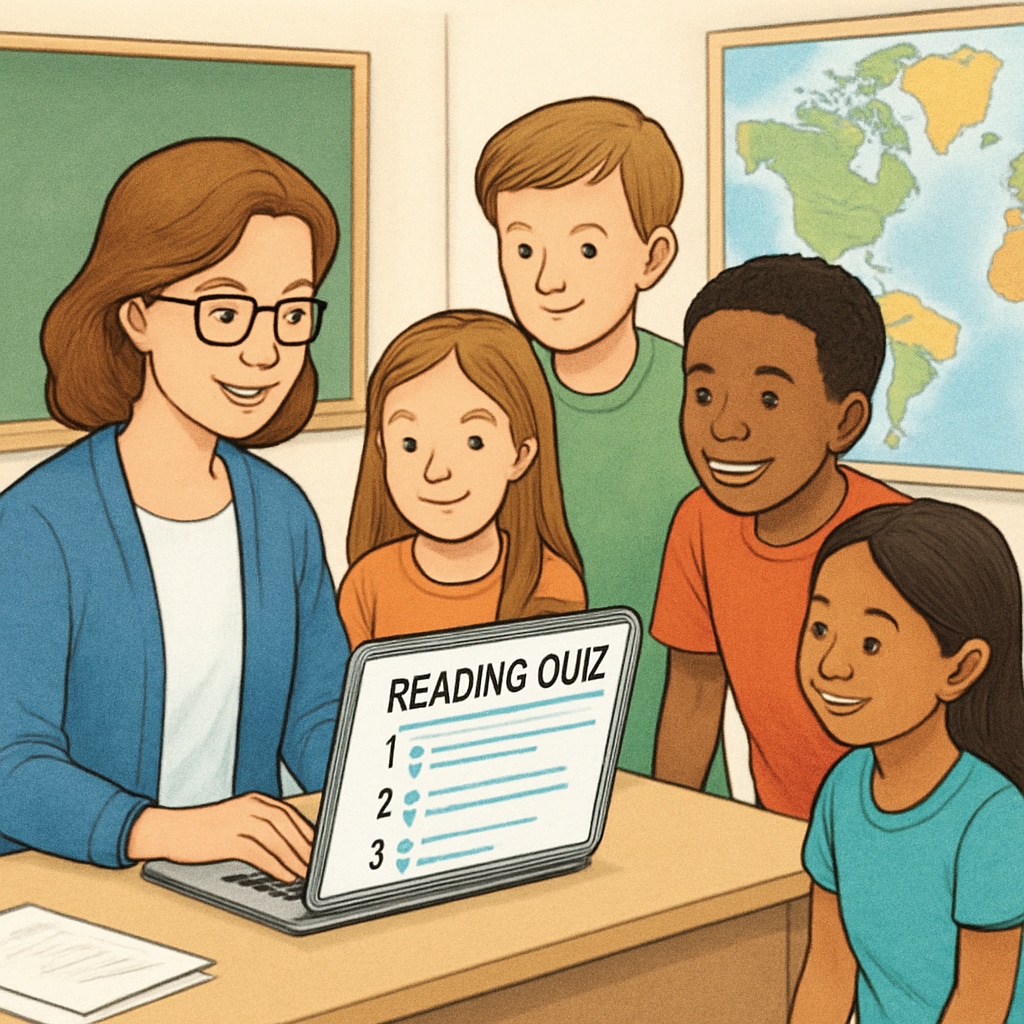For many educators and parents, the Accelerated Reader (A.R.) program has been a popular tool for encouraging children to love books. By combining reading comprehension quizzes, an A.R. points system, and reading incentives, it effectively motivates students. However, the A.R. system can be costly for schools and families, prompting the search for free alternatives to achieve the same benefits. In this article, we explore how to create a reading incentive system that not only matches the A.R. program’s effectiveness but also sparks a lifelong love of reading in elementary students, particularly fourth graders.
Why Look Beyond the A.R. System?
The A.R. program has its strengths, such as structured quizzes and rewards, but its high subscription fees can be a barrier for many schools. Moreover, some educators note that the program’s focus on points may overshadow the intrinsic joy of reading. By seeking free alternatives, schools can reduce costs while emphasizing reading comprehension and intrinsic motivation.
Fortunately, there are numerous free reading tools and creative approaches available today. These options allow educators to build personalized, engaging systems tailored to their students’ needs without sacrificing quality.

Top Free Alternatives to A.R. for Reading Comprehension and Incentives
Here are some of the best free tools and strategies that can replace the A.R. system while maintaining its key components:
- Epic! – This digital library offers thousands of books and audiobooks for free. It includes comprehension quizzes for many titles, making it a fantastic alternative to A.R.
- ReadTheory – A free platform that provides reading passages and comprehension quizzes, adjusted to a student’s skill level. It’s ideal for tracking progress.
- Classroom Reading Challenges – Teachers can create their own point-based systems, where students earn rewards for completing books and quizzes. Google Forms or Kahoot can be used to build quizzes.
- Project Gutenberg – This online library offers free access to thousands of public domain books. Teachers can pair these resources with custom comprehension questions.
- Scholastic Reading Club – While not entirely free, Scholastic occasionally offers free resources for educators, including reading challenge templates and activity ideas.
These tools provide flexibility for educators to design reading programs that cater to individual student needs while promoting comprehension and motivation.
Building a Custom Reading Incentive System
Creating a personalized incentive system is easier than it sounds. Here’s a step-by-step approach to building a program that mirrors the A.R. system while prioritizing student engagement:
- Set Clear Goals: Define what you want students to achieve, such as improving comprehension, reading fluency, or completing a certain number of books.
- Create a Point System: Assign points for books based on their difficulty or length. For example, a longer book could be worth 10 points, while a shorter one is worth 5.
- Incorporate Fun Rewards: Offer simple rewards like certificates, extra playtime, or a “reading hero” badge for high achievers.
- Use Technology: Platforms like Google Forms can help automate quiz distribution and scoring. Alternatively, apps like Quizizz can make the process interactive.
- Encourage Peer Interaction: Foster book discussions or peer-to-peer recommendations to make reading a social activity.
By following these steps, educators can create a dynamic and engaging reading environment that inspires students to pick up more books.

The Long-Term Benefits of Free Reading Systems
Switching to free alternatives not only saves costs but also empowers educators to design programs that align with their teaching philosophies. These systems can be tailored to emphasize intrinsic motivation, critical thinking, and collaborative learning. Additionally, they can help students develop skills like goal-setting and self-monitoring, which are vital beyond the classroom.
For example, studies from reputable sources like Britannica show that fostering early reading habits improves academic performance and cognitive development. Similarly, Wikipedia highlights the link between literacy and lifelong learning, emphasizing the importance of early interventions.
Ultimately, the goal is not just to replace A.R. with another system but to create a culture where students read for pleasure and growth. With free tools and a creative approach, this goal is well within reach.
Readability guidance: This article uses short paragraphs, clear headings, and lists to enhance readability. Transition words like “however,” “for example,” and “ultimately” improve flow, while active voice keeps the tone engaging. Passive voice and long sentences have been minimized for clarity.


